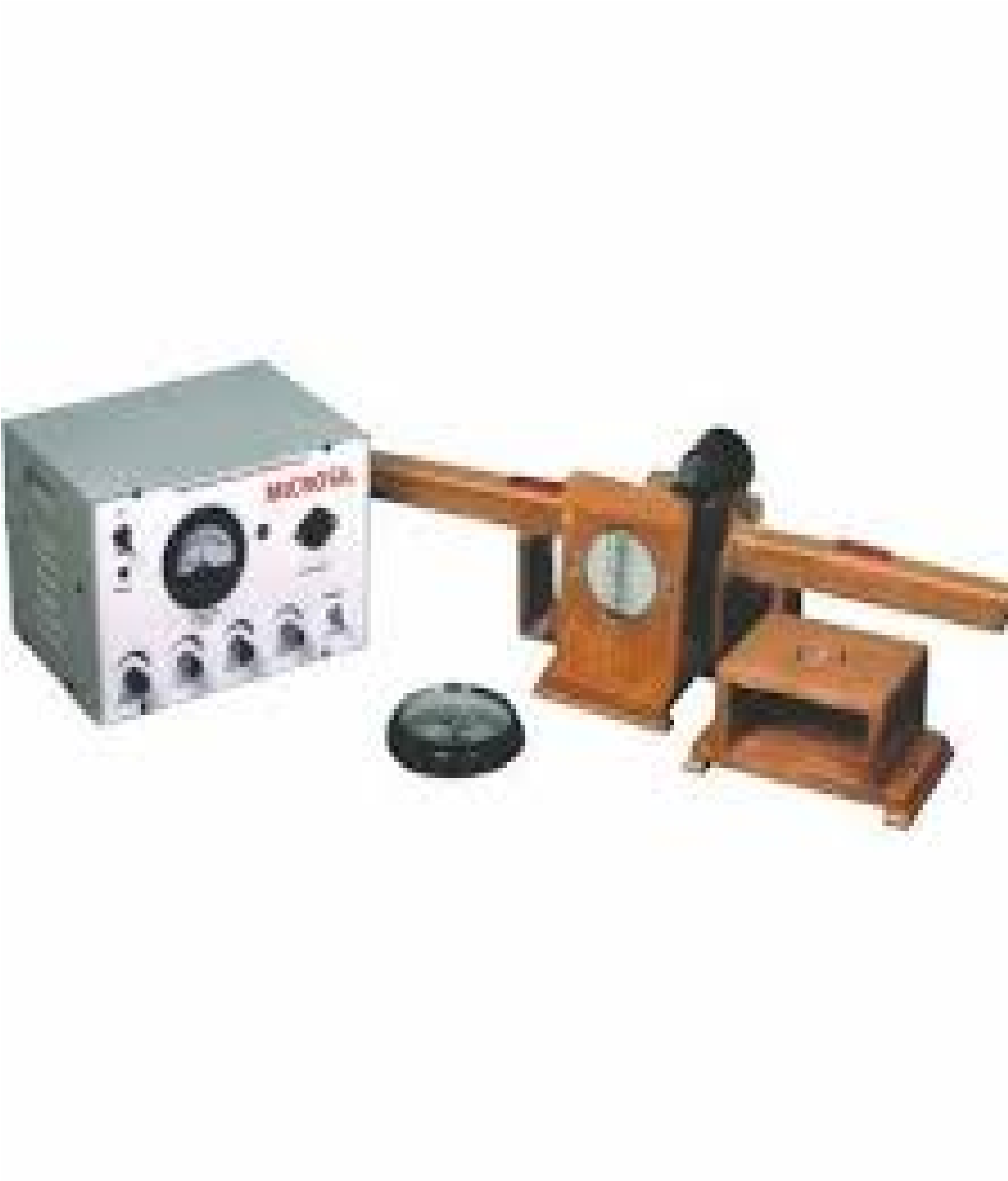Apparatus
The experimental setup for Thomson’s method consists of the following components:
-
Electron Gun (Electron Source)
- A heated filament (cathode) emits electrons via thermionic emission.
- A cylindrical anode accelerates the electrons by applying a known potential difference (VV).
- The emitted electrons form a narrow beam.
-
Electric Deflection Plates
- A pair of parallel plates produces a uniform electric field (EE) perpendicular to the electron beam.
- The potential difference applied across the plates (VEV_E) causes vertical deflection of the electron beam.
-
Magnetic Field (Helmholtz Coils)
- A pair of Helmholtz coils generates a uniform magnetic field (BB) perpendicular to both the beam and the electric field.
- The field is controlled by varying the current (II) through the coils.
-
Fluorescent Screen / Photographic Plate
- The electron beam impacts a fluorescent screen, producing a visible spot that allows measurement of beam deflection.
-
Power Supplies
- High voltage power supply for the electron gun (accelerating voltage VV).
- Variable voltage supply for the deflection plates.
- Current supply for the Helmholtz coils.
-
Measurement Scale
- A scale is used to measure the displacement of the electron beam on the screen.



There are no reviews yet.